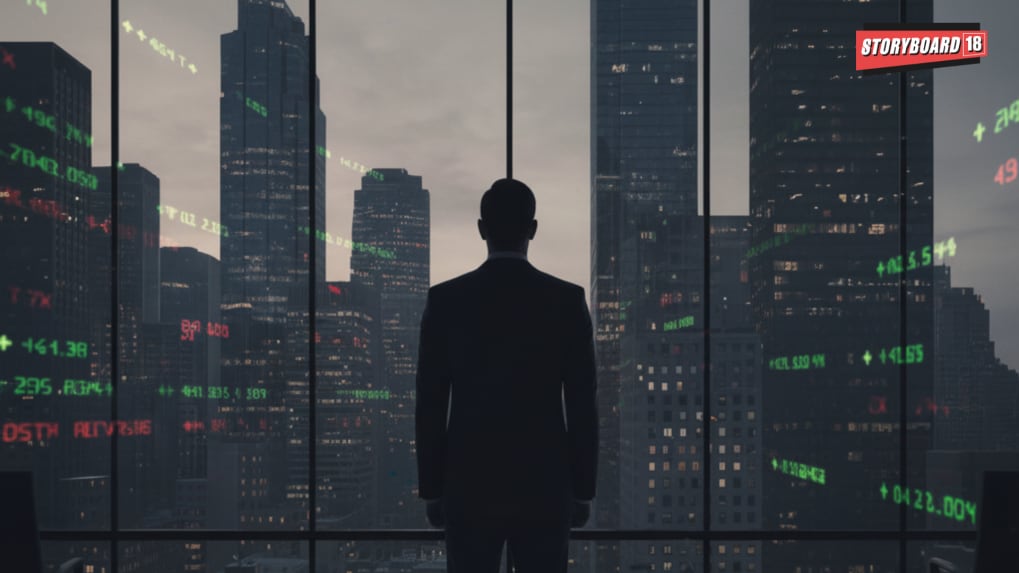Advertising
From Pink Slips to Silent Sidelining: Inside adland’s layoff and anxiety crisis

In the age of social media amplification and hyper-attentive audiences, the lines between leader, company, and cause are increasingly difficult to draw. A single post, a single stumble, can ripple far beyond the individual.
That was the theme of a recent conversation with brand and business strategists Suhel Seth and Partha Sinha, who joined Storyboard18’s Crisis Council series with Delshad Irani, to examine how personal brands in business and politics can both power and imperil the institutions they represent.
Seth, a veteran adviser to politicians and corporate titans, described three archetypes of leaders. “There are three kinds of leaders in business,” he said. “The ones who are very good and adept at outreach in terms of communication. The second, who are painfully shy. Ratan Tata was one of them. And the third, who marry the two, Mukesh Ambani.”
Anand Mahindra, Seth added, falls squarely in the first camp — “always taken to social media. He responds, very good at it.” But there are risks. “The pitfalls are, you leave yourself open to criticism, and the tragedy is, there’s no buffer between you and the company.”
Sinha framed the dilemma through a culinary metaphor. Leaders who equate themselves with their organizations, he argued, inevitably end up in a “scrambled egg situation.” “You cannot separate it out, especially in today’s day and age when every single fault, or every single stumble, gets magnified 15, 20, 100 times.”
The consequences of that amplification are stark. “Elon Musk today—in one tweet, he can bring down the valuation by $20 billion by the evening,” Sinha noted.
Politics as Personality
The dynamic is even sharper in politics, where leaders must balance image with mandate. Seth recalled his work on Atal Bihari Vajpayee’s 1999 campaign: “We were very clear in positioning him as a person who was resolute.” Later, he helped shape Sheila Dikshit’s brand as the “benevolent lady who cares.”
Sinha pointed abroad, citing Jacinda Ardern’s early exit as New Zealand’s prime minister as a rare example of a leader leaving on her own terms. “She was called strategic and selfless. Can you imagine for a politician to get these tags?” he asked.
The discussion also turned to Donald Trump. For Sinha, Trump’s appeal lay in a consistent positioning: “Whatever he has done, he has made it amply clear that he is doing it 100% for the people of America.” Seth was blunter: “I’ve always said that when you don’t have something significant to say, or if you believe that there will be a counter over which you have no control, silence is your best weapon. If you analyze Donald J. Trump…he’s unhinged, but he’s not stupid.”
Crisis and Recovery
Both speakers agreed that when crises hit - whether corporate or political - the response must balance transparency with restraint. Seth cited Air India’s response to a catastrophic crash: “Air India has given the highest compensation ever in the history of aviation in the world…Has the brand been hurt? Yes, but it’s not dead.”
Other examples, from Cadbury to Perrier, reinforced a central lesson: recovery depends on honesty and recalibration. “Sometimes you have to pull back and actually do the hard work where no one knows,” Seth said.
Sinha cautioned against overconfidence in communications war rooms. “You can strategize as much as you want…But eventually things have a tendency of taking its own course, because you can’t really steer a nation’s conscience.”
The Selfie Test
The two closed with a test for today’s leaders, caught between substance and spectacle. “If you are remembered for your keynote address,” Sinha said, “then you are being seen as a brand which is representing a company. If you are being remembered for your funny selfie, then there is a big issue.”
For Seth, the lesson was simpler. “Never go to bed with an elephant,” he said, invoking the hazards of unchecked alliances. “You never know when it rolls over and the pleasure turns into pain.”
WATCH
From purpose-driven work and narrative-rich brand films to AI-enabled ideas and creator-led collaborations, the awards reflect the full spectrum of modern creativity.
Read MoreLooking ahead to the close of 2025 and into 2026, Sorrell sees technology platforms as the clear winners. He described them as “nation states in their own right”, with market capitalisations that exceed the GDPs of many countries.